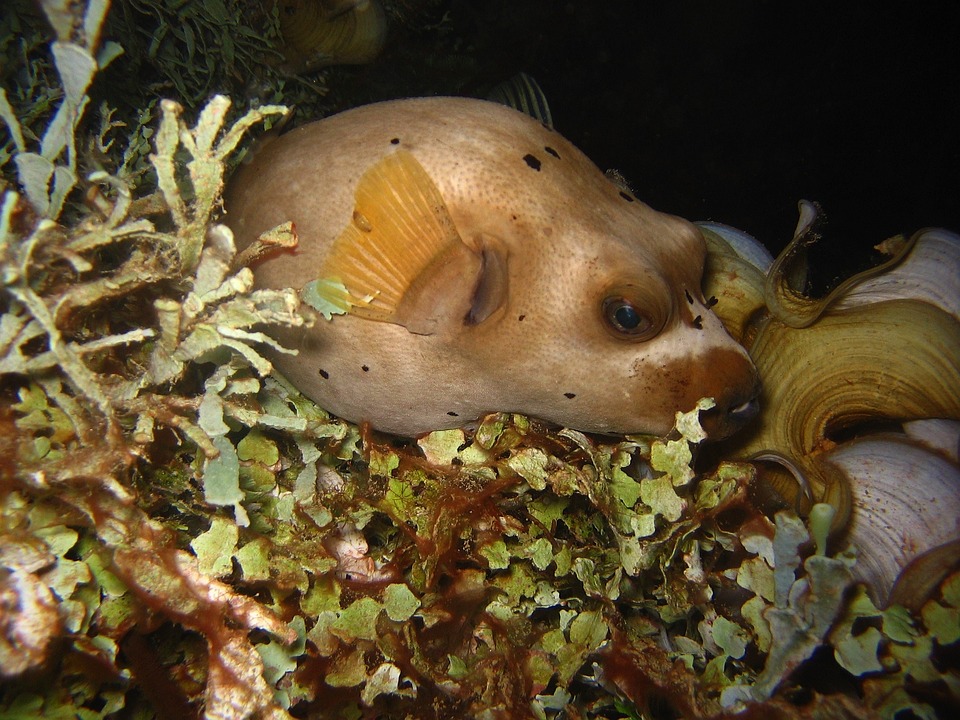Fish tanks offer a captivating glimpse into the world of aquatic life, and it is important for aquarium enthusiasts to understand the mating behavior of their fish, especially when dealing with disease-resistant species. By familiarizing ourselves with their reproductive habits, we can create an environment that promotes a healthy and thriving aquarium ecosystem.
The Importance of Disease-Resistant Fish
Disease prevention and fish health are key considerations for any aquarium owner. Disease-resistant fish have genetic traits that make them less susceptible to common ailments. By selecting disease-resistant fish, we can minimize the risk of outbreaks and ensure the overall well-being of our fish population. Genetic factors play a crucial role in disease resistance, and reputable breeders and suppliers focus on selectively breeding fish with strong disease-resistant traits. The benefits of disease-resistant fish are numerous, including reduced mortality rates, lower medical expenses, and the ability to maintain a vibrant and diverse aquarium.
Mating Behavior of Disease-Resistant Fish
Understanding the mating behavior of disease-resistant fish is essential for successful breeding. Courtship rituals and displays are often exhibited by fish during the mating process. These behaviors can include colorful displays, fin flaring, and synchronized swimming patterns. Spawning habits and environmental triggers also play a significant role in successful reproduction. Changes in water temperature, lighting conditions, water chemistry, or specific diet variations can induce spawning in disease-resistant fish. Nest building and preparation are common behaviors exhibited by fish preparing to lay eggs. Some species build intricate nests, while others create simple depressions in the substrate. Once the eggs are laid, fertilization occurs, and parental care may be exhibited by one or both parents.
Factors Affecting Successful Breeding
Several factors can affect the successful breeding of disease-resistant fish. Water quality and temperature are critical considerations, as fish require specific conditions for successful reproduction. Tank size and compatibility among breeding pairs are also important. Providing adequate space and ensuring compatible pairs will increase the likelihood of successful breeding. Feeding and nutrition play a crucial role in fish health and reproduction. Offering a balanced diet rich in nutrients is essential for optimal breeding conditions. Additionally, stress reduction techniques should be implemented to create a calm and stable environment for the fish.
FAQs (Frequently Asked Questions)
1. How can I identify disease-resistant fish? Disease-resistant fish are often selectively bred for their genetic ability to resist common diseases. Look for reputable breeders or suppliers who focus on disease resistance in their fish stock. Consult with knowledgeable aquarium professionals to ensure you choose the right fish for your tank.
2. Do all disease-resistant fish exhibit the same mating behavior? No, mating behaviors can vary among different species of fish, including disease-resistant ones. It is crucial to research and understand the specific mating behaviors of the fish you plan to breed.
3. What environmental triggers can induce spawning in disease-resistant fish? Disease-resistant fish often require specific environmental triggers to initiate spawning. These triggers can include changes in water temperature, lighting conditions, water chemistry, or the introduction of specific diet variations.
4. How can I ensure the best chances of successful breeding? Factors such as water quality, tank size and compatibility, feeding and nutrition, and stress reduction techniques all contribute to successful breeding. Consulting with experienced aquarists, conducting thorough research, and monitoring fish behavior and health will greatly improve your chances of successful breeding.
5. What should I do if my disease-resistant fish fail to breed? If your fish fail to breed, reassess and address any potential issues. Check water parameters, ensure proper nutrition, and verify compatibility among breeding pairs. Be patient, as some fish may take time to adjust to their environment before initiating breeding behavior. Seek advice from knowledgeable aquarium experts if problems persist.
Conclusion
Understanding the mating behavior of disease-resistant fish is crucial for maintaining a healthy and thriving fish tank ecosystem. By recognizing the importance of disease resistance, comprehending the intricacies of fish mating behavior, and addressing key factors affecting successful breeding, we can provide the optimal conditions for disease-resistant fish to reproduce and flourish in our aquariums. Consulting with experienced aquarists and conducting thorough research will ensure the best possible outcomes for our fish breeding endeavors.









